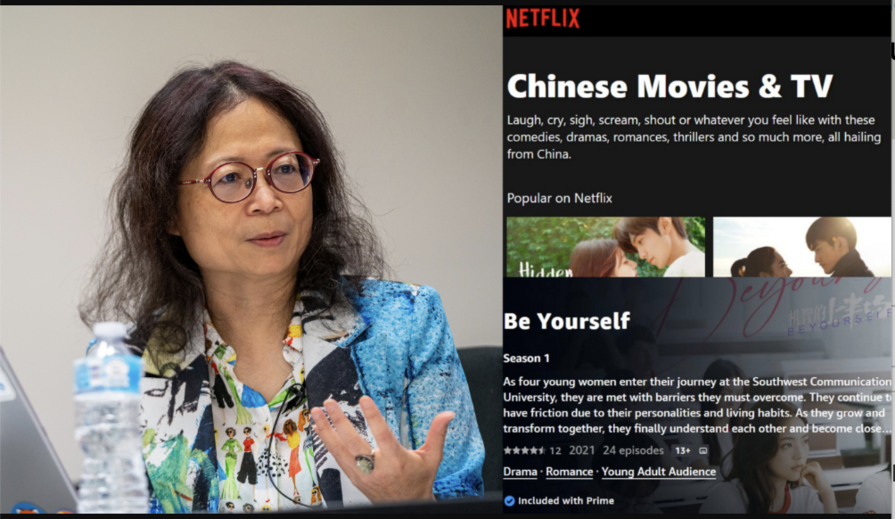This article was originally published December 10, 2008 in USC News
By Evelyn Jacobson
For five USC MBA students, a research project created for the Pacific Rim International Management Education program reached well beyond the classroom, with applications for corporations seeking to enter China’s growing food market.
As part of the program - a required Marshall full-time MBA capstone course - students work on a presentation for a company they will visit during a stop at a given Pacific Rim country.
For Leslie White, Humberto Belloso, Genaro Bugarin, Wesley Thompson and Aaron Lin, who were traveling to Beijing and Shanghai last spring, the project involved Tyson Foods, the world’s largest meat processor and marketer.
James M. Rice, vice president and country manager of Greater China for Tyson Foods, requested that the students determine the size of China’s protein market.
“The challenge for Tyson and its competition going into China was finding out what the size of the protein market is, particularly meat consumption,” said professor Carl Voigt, who teaches the course. “Consumers transition in their food choices as they grow in wealth; as China’s economy develops, the country’s consumers are switching from pork to chicken to beef.”
While doing the research, the students realized there were no primary sources to help them on the project. Even the United States Department of Agriculture did not have information. The department’s latest information dated back to the 1980s.
As a result, the students started from scratch, meeting with a developmental economist and utilizing historical data from the USDA and many culturally similar developing nations as predictors of consumption of different proteins such as pork, chicken and beef.
In the end, they found the present value of the market to be $123 billion, and they projected a $4.5 billion shortfall in capacity of Chinese farmers to produce protein and what the Chinese consumer will want to consume.
“Sometimes the companies will say ‘very nice, but we’re going in another direction’ or ‘thanks, but we disagree.’ That didn’t happen with this project,” said Leslie White, one of the students who worked on the study.
In fact, after presenting their findings to Rice and other executives in Shanghai, the students were asked to give their presentation at Tyson Foods headquarters in Arkansas and at the USDA in Washington D.C., at the beginning of the school year.
“It’s interesting thinking about the possibilities,” White said. “One of the biggest things that this project taught was how change in one country can affect an industry. It was also interesting to see how to apply economic models and all the things we’d learned in the classroom, how trade happens and how all the aspects of business interface.”




